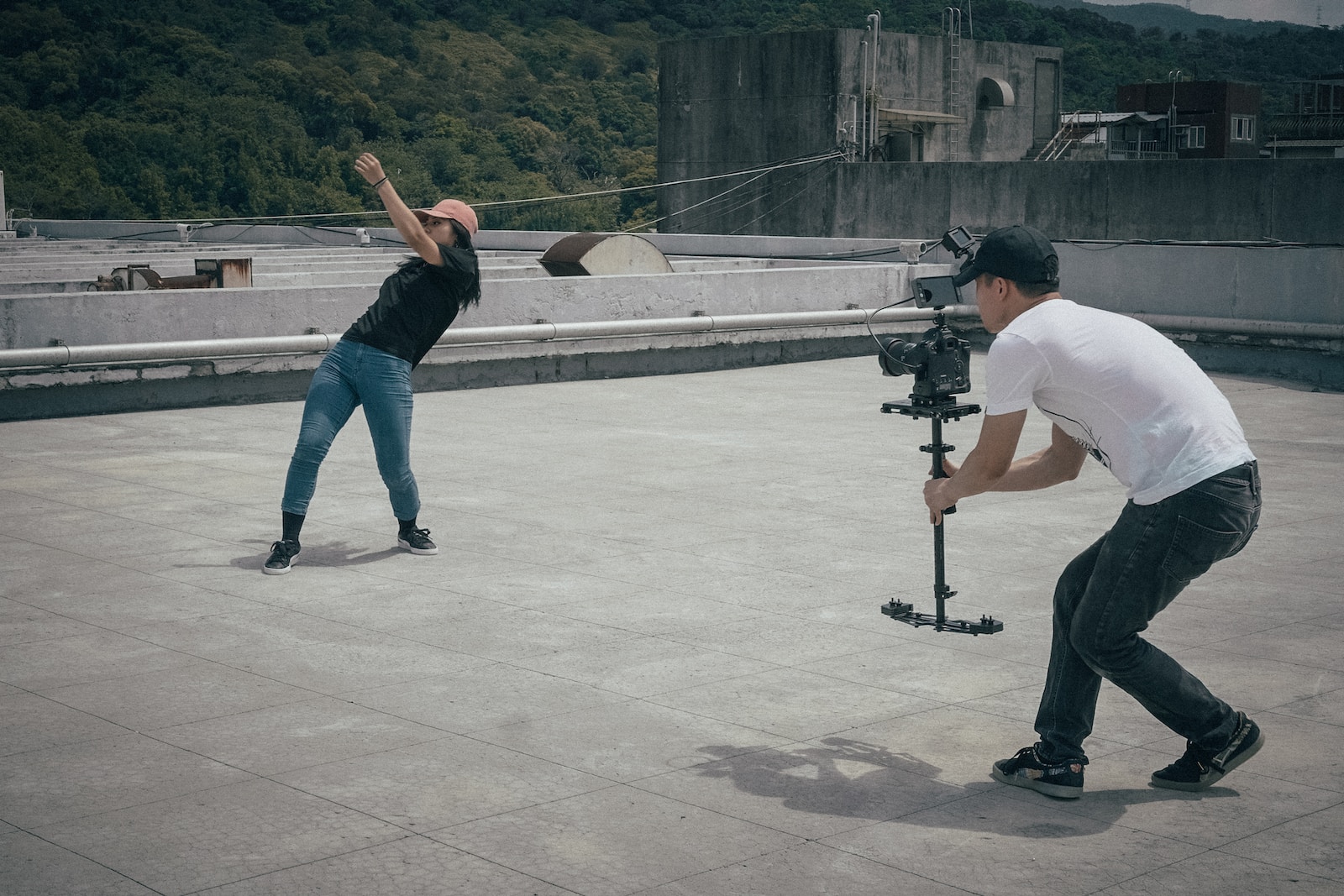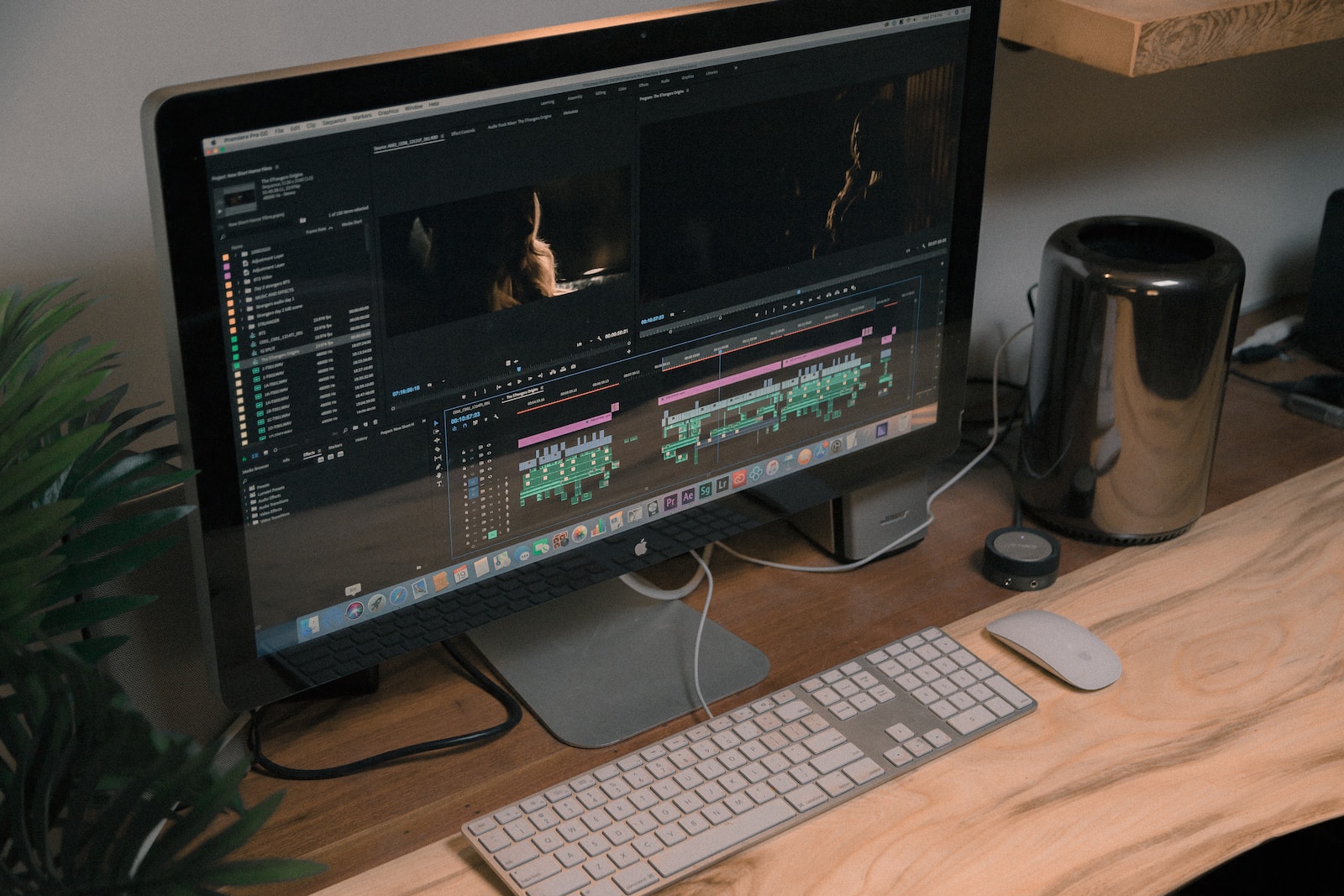Welcome to Honing your Skills in Video Stabilization! If you’ve ever wondered how to achieve that smooth and fluid motion in your videos, then you’re in the right place. In this blog, we will guide you through the process and science of video stabilization in post-processing. Whether you’re a beginner or an experienced videographer, we’ve got you covered with tips, techniques, and insights to enhance your videos and captivate your audience. Let’s dive in!
Table of Contents
- Understanding Video Stabilization
- Mastering Video Stabilization Techniques
- Motion Blur: Friend or Foe?
- A How-To Guide: Tips and Techniques for Video Stabilization
- Frequently Asked Questions
- What is video stabilization?
- Why is video stabilization important?
- How does video stabilization work?
- What are the benefits of using video stabilization?
- What are some popular video stabilization software/tools?
- Are there any alternative techniques to video stabilization?
- Do video stabilization algorithms affect video quality?
- Can video stabilization be done manually?
- Are there any limitations to video stabilization?
- Is video stabilization suitable for all types of videos?
- Wrap Up
Understanding Video Stabilization
Before we delve into the intricacies of video stabilization, let’s first understand the concept. Video stabilization is the process of reducing unwanted camera movements and shakes, resulting in a smoother and more professional-looking video. Whether you’re shooting handheld or using a stabilizer, post-processing stabilization techniques can further refine your footage.
Post-Processing: Your Secret Weapon
When it comes to achieving optimal video stabilization, post-processing is your secret weapon. With powerful software and techniques at your disposal, you can take your footage to the next level. We’ll explore various post-processing tools, such as Adobe Premiere Pro, Final Cut Pro, and DaVinci Resolve, and guide you through the steps to stabilize your videos effectively.
Mastering Video Stabilization Techniques
1. Tripods, Gimbals, and Stabilizers
The foundation of video stabilization lies in using the right equipment. Tripods, gimbals, and stabilizers provide stability during the shooting process, minimizing camera shakes. We’ll discuss their differences, benefits, and how to choose the ideal equipment for your shooting style and budget.
2. Utilizing Electronic Image Stabilization (EIS)
Modern cameras and smartphones often come equipped with built-in Electronic Image Stabilization (EIS) features. We’ll explore how EIS works and provide tips on maximizing its effectiveness. While EIS can be handy, combining it with post-processing stabilization techniques will yield even better results.
3. Harnessing the Power of Warp Stabilizer
Adobe Premiere Pro’s Warp Stabilizer is a powerful tool that can work wonders for shaky footage. We’ll guide you through the process of using Warp Stabilizer effectively, sharing tips and tricks to enhance its performance and avoid common pitfalls.
4. Advanced Stabilization Techniques
For those seeking more advanced video stabilization techniques, we’ll explore additional tools and software. From motion tracking to 3D stabilization, we’ll dive into the world of advanced stabilization, pushing the boundaries of what’s possible and enhancing fluid motion in your videos.
Motion Blur: Friend or Foe?
When it comes to capturing fluid motion in videos, understanding motion blur is crucial. We’ll explain the science behind motion blur, its impact on video quality, and how to strike the right balance for smooth and cinematic results.
Frame Rate and Shutter Speed
Choosing the ideal frame rate and shutter speed plays a pivotal role in achieving fluid motion. We’ll explore the relationship between frame rate and shutter speed, uncovering the optimal settings for different types of videos and scenarios.
Did you know that the first film to use stabilized shots was Alfred Hitchcock's "Vertigo" in 1958? The groundbreaking "Vertigo effect" revolutionized the way we perceive dizzying and disorienting scenes.
There you have it! By honing your video stabilization skills and implementing the strategies and techniques discussed in this blog, you’ll be able to enhance the fluid motion in your videos and captivate your audience like never before. So grab your camera, tripod, or stabilizer, and let’s embark on the journey of mastering video stabilization together. Get ready to elevate the quality of your videos and leave a lasting impression on your viewers!
A How-To Guide: Tips and Techniques for Video Stabilization
Have you ever watched a video that made you feel dizzy or uneasy because of the shaky and unstable footage? As a content creator, it is crucial to deliver smooth and professional-looking videos to captivate your audience. Video stabilization, a post-processing technique, can transform shaky clips into steady and fluid motion. In this guide, we will delve into the process and offer valuable tips and techniques to hone your video stabilization skills.
1. Choose the Right Software
Before diving into the video stabilization process, it is essential to have the proper tools at your disposal. There are various software options available, each offering different features and capabilities. Take the time to research and select a software that aligns with your specific needs and skill level. Some popular choices include Adobe Premiere Pro, Final Cut Pro, and DaVinci Resolve.
2. Understand the Basics
Video stabilization involves analyzing the footage and applying algorithms to reduce the apparent motion caused by camera shake. When stabilizing your video, it is crucial to understand the science behind it. Familiarize yourself with concepts such as motion analysis, image interpolation, and transformation models. This knowledge will assist you in making informed decisions during the post-processing stage.
3. Preparing Your Footage
Before applying stabilization techniques, it is critical to prepare your footage adequately. Start by organizing your clips and creating a timeline to maintain an efficient workflow. Additionally, trim any unnecessary footage to reduce processing time and focus on the essential elements of your video.
Another good practice is to duplicate your footage before applying stabilization to ensure a backup is readily available in case any issues arise during the process.
4. Analyze and Adjust
Most stabilization software uses algorithms that analyze the motion in your footage and make adjustments accordingly. However, it is essential to review and fine-tune the automatic settings to achieve optimal results. Pay attention to parameters such as smoothing, cropping, and rotation, and experiment with different configurations until you achieve the desired stability without sacrificing important elements of your video.
5. Consider Additional Techniques
While video stabilization is primarily focused on reducing camera shake, there are additional techniques you can apply to enhance your footage even further. Experiment with color correction, sharpening, and noise reduction to improve the overall visual quality of your videos. Combining these techniques with stabilization will elevate the professionalism of your content.
6. Practice, Evaluate, and Refine
Like any skill, video stabilization requires practice and experimentation. Take the time to stabilize different types of footage, such as handheld shots, drone footage, or footage captured from a moving vehicle. Evaluate the results and identify areas where improvements can be made. Refine your techniques and continue to push the boundaries of what is possible with video stabilization.
In conclusion, honing your skills in video stabilization is an essential aspect of post-processing to enhance the fluid motion in your videos. By choosing the right software, understanding the basics, adequately preparing your footage, analyzing and adjusting settings, considering additional techniques, and continuously practicing, evaluating, and refining, you will be able to master video stabilization and deliver captivating videos that leave your audience in awe.
Frequently Asked Questions
What is video stabilization?
Video stabilization is a post-processing technique used to enhance the fluid motion of videos by reducing unwanted camera movements and vibrations.
Why is video stabilization important?
Video stabilization is important because it improves the overall quality and professional look of your videos. It eliminates shaky footage and creates a smoother viewing experience for your audience.
How does video stabilization work?
Video stabilization algorithms analyze the motion in a video and then apply corrective measures to reduce unwanted camera movements. These algorithms track certain points in the frame and stabilize them throughout the video.
What are the benefits of using video stabilization?
Using video stabilization in post-processing offers several benefits, including:
- Improved video quality
- Enhanced viewer experience
- Professional-looking videos
- Reduced motion sickness
- Increased engagement
What are some popular video stabilization software/tools?
Some popular video stabilization software/tools include:
- Adobe Premiere Pro
- Final Cut Pro
- Wondershare Filmora
- Deshake (plugin)
- VirtualDub Deshaker (plugin)
Are there any alternative techniques to video stabilization?
Yes, there are alternative techniques to video stabilization, such as using a gimbal or tripod during video recording to minimize camera movement. However, these techniques may not always be feasible or practical.
Do video stabilization algorithms affect video quality?
Video stabilization algorithms aim to improve video quality by reducing camera shake and unwanted movements. However, depending on the software and settings used, there may be a slight trade-off between stabilization and overall video sharpness.
Can video stabilization be done manually?
While it is possible to stabilize videos manually, it can be a time-consuming and tedious process. Video stabilization software provides automated algorithms that streamline the process and deliver more consistent results.
Are there any limitations to video stabilization?
Video stabilization algorithms have their limitations. They may introduce some artifacts or distortions in the video, especially if the footage has extreme camera shake or motion. Additionally, stabilization cannot completely eliminate all types of camera movements, such as intentional pans or tilts.
Is video stabilization suitable for all types of videos?
Video stabilization is suitable for most types of videos, especially those that involve handheld or shaky footage. However, for certain artistic or intentional camera movements, such as intentional shaking for effect, video stabilization may not be desired.
Wrap Up
In conclusion, mastering video stabilization techniques is crucial for anyone looking to improve the quality of their videos and create a seamless viewing experience. By understanding the process and science behind video stabilization and utilizing post-processing tools effectively, you can enhance fluid motion in your videos and captivate your audience.
Remember to experiment with different software, techniques, and settings to find the best approach for your unique needs. Don’t be afraid to get creative and think outside the box!
I hope this guide has been helpful in honing your skills in video stabilization. If you have any questions, tips, or experiences you’d like to share, please leave a comment below. Let’s engage in a discussion and learn from each other!



